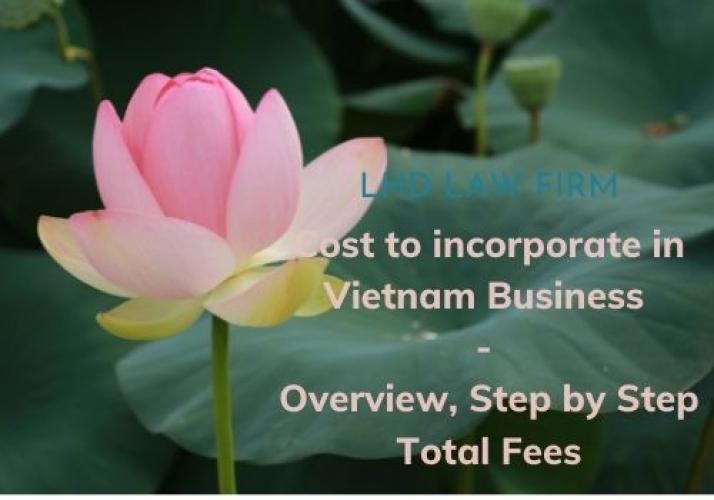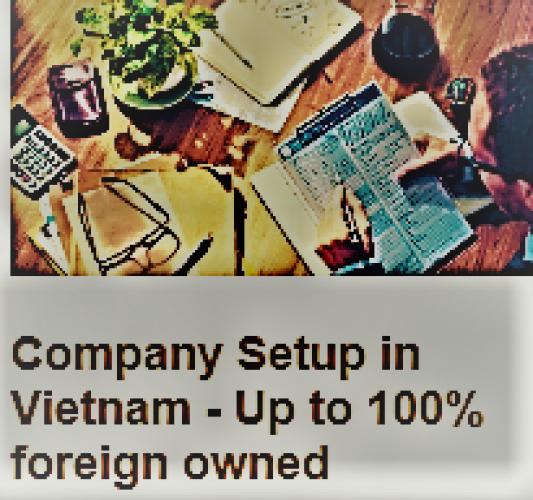Setting Up A Joint Stock Company In Viet Nam
- 01/01/1970

As a result of globalization, Vietnam must improve and develop its legal system, especially the laws on investment and commerce. In 1987, the National Assembly of Vietnam enacted the Law on Foreign Investment in Vietnam, which was later amended for several times. In 1996, the National Assembly of Vietnam promulgated the new Law on Foreign Investment in Vietnam, which superseded the Law on Foreign Investment, but which was also amended in 2000. Meanwhile, investment by local investors was governed by the Law on Companies and the Law on Private Enterprises (1990), which was subsequently superseded by the Law on Enterprises (1999) and the Law on Encouragement of Domestic Investments (1994). Vietnam realized that it was necessary to promulgate a unified law which might be able to govern and control all domestic as well as foreign investment activities. Therefore, in 2005, the National Assembly of Vietnam enacted the Law on Enterprises, and the Law on Investment, both of which took effect on July 1, 2006. These laws superseded the previous Law on Foreign Investment in Vietnam, the Law on Enterprise (1999) and the Law on Encouragement of Domestic Investments (1994).
In addition, the National Assembly of Vietnam has also enacted numerous important legislations such as the Civil Code (2005), the (amended) Law on Commerce (2005), the Law on Insurance, the Law on Credit Institutions, the Law on State-Owned Enterprises, the Law on Securities, etc. The legal framework on business is more and more improved and also works as the legal bases for domestic and foreign investment activities to be developed and revolved.

Setting up a joint stock company in Viet Nam
Characteristics:
• The charter capital is divided into equal portions called shares;
• Shareholders are only liable for debts and financial obligations within the amount of paid-in capital;
• Shareholders are free to transfer their shares to others, except voting preference shareholders and founding shareholders, who are restricted to do so within three (03) years from the date of the company establishment,
• Shareholders may be organizations, individuals; minimum number of shareholders shall be three (03), and there is no restriction on the maximum number of shareholders; and
• A joint-stock company is entitled to issue securities to the public under the Laws on Securities.
b.Management structure:
• The highest power of a joint stock company is vested in the General Shareholders’ Meeting, which is entitled to select the Board of Management.
• A Director (or General Director) is employed or appointed by the Board and carries out the day-to-day operations of the company.
• An Inspection Board is required for those joint stock companies with more than 11 individual shareholders or with an institutional shareholder holding more than 50% of the total shares of the Company.
Send comment
Others Post
+68889+
Happy Client's
+16889+
Projects Done
+39+
Employees
3+
Office Locations










0 comment